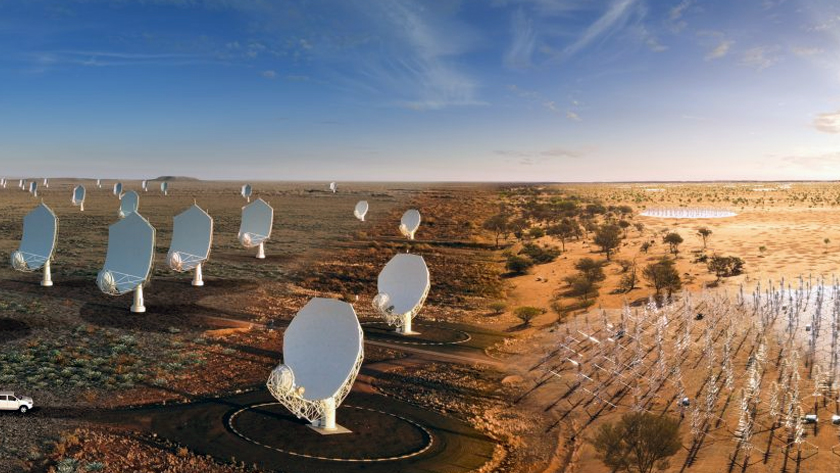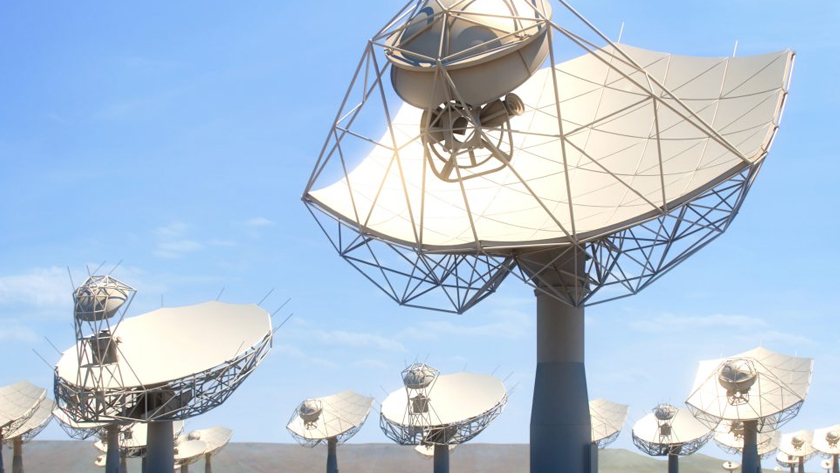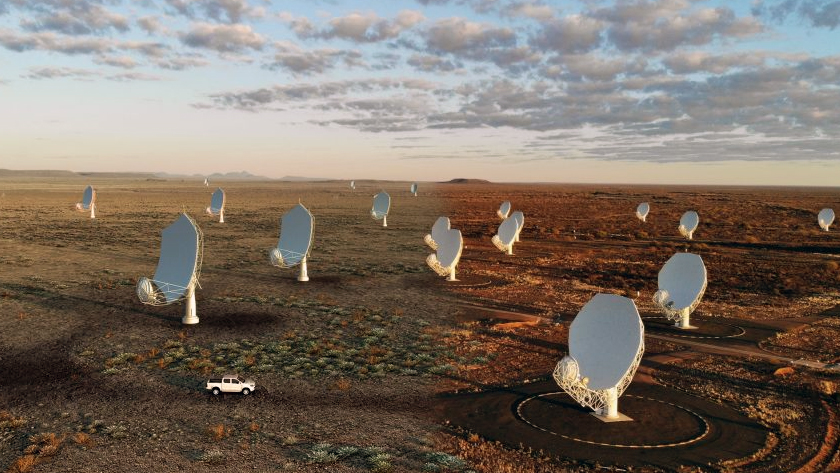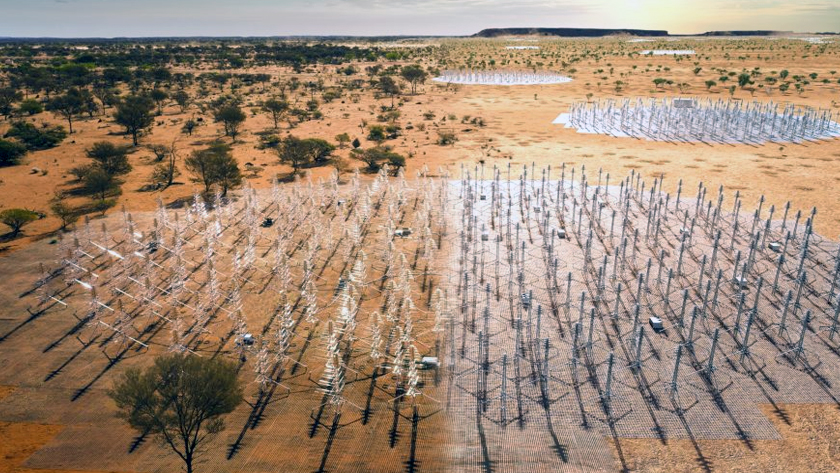Iran Press/ Commentary: A radio telescope is a specialized antenna and radio receiver used to detect radio waves from astronomical radio sources in the sky. Radio telescopes are the main observing instrument used in radio astronomy, which studies the radio frequency portion of the electromagnetic spectrum emitted by astronomical objects, just as optical telescopes are the main observing instrument used in traditional optical astronomy, which studies the light wave portion of the spectrum coming from astronomical objects. Unlike optical telescopes, radio telescopes can be used in the daytime as well as at night.

Fatemeh Tabatabai is a member of the scientific staff of the Astronomy Research Institute of the IPM Institute for Research in Fundamental Sciences and a member of the working group of the SKA Observatory, researcher and director of one of the international scientific working groups for the construction of the world's most giant radio telescope which have recently investigated the ability of this observatory to detect and study normal spiral galaxies in early cosmic times in group studies.

Tabatabai says the importance of this study is that, for the first time, it simulates today's galaxies in the early times of the universe at radio wavelengths, and at the same time, it offers suggestions about the requirements and prerequisites of the SKA telescope to detect these signals.

The Square Kilometre Array (SKA) is an intergovernmental radio telescope project to be built in Australia and South Africa, and its total area will be approximately one square kilometer. This international observatory will be one of the most extensive international facilities of the 21st century, which, thanks to its technological innovations, will be able to collect and record information from the universe at speed greater than 10,000 times and with a sensitivity greater than 50 times that of current radio telescopes.

The effective participation of Iranian researchers and scientists in the development and construction of the world's biggest radio telescope shows the scientific capability of the Islamic Republic of Iran in various scientific and research fields.

Related News:
Iran's Biology Olympiad team ranked first in the world
In fact, during the four decades following the Islamic Revolution and the establishment of the Islamic Republic, Iran has taken great strides in scientific and academic development.
The progress of the Islamic Republic of Iran during the 44 years after the victory of the Islamic Revolution is such that even the enemies acknowledge them and cannot deny it. Scientific progress and Iran's acquisition of some new technologies have been so surprising and unexpected that they have greatly worried Westerners, especially the United States, and have caused the escalation of pressures, disruptions, and sanctions under the pretext of the nuclear issue.
Improving the scientific level of the society, increasing the literacy rate, the growth of scientific centers of schools and universities, the growth in the number of students in various scientific fields, Iran's top rank in the number of scientific articles and references, patents and excellence in nano, nuclear, space and stem cell technology are among the most important scientific and technological achievements of the Islamic Republic of Iran.
Also, the significant increase in the number of universities can be considered another measure of scientific growth in Iran.
The number of universities in Iran, which was about 15 before the revolution, has reached more than 2,640 today. The quantitative growth of the country's students is another indicator of scientific development in the years after the Islamic Revolution. While the number of students in the Iranian universities before the revolution did not exceed 155,000, today, more than 4,200,000 students are studying in Iran.
Mokhber Dezfuli, the former secretary of the Supreme Council of the Cultural Revolution (SCCR), says: "The number of researchers, the amount of the country's investment in research, the number of domestic scientific articles and the number of patents as effective factors in research have grown significantly, and in the domestic and foreign arenas, we see the brilliance of Iranian scientists, especially in the world Olympiads."
Reza Mir-Taher
214
Read More:
Iranian woman in the Telescope team of NASA
NASA’s Webb reveals steamy atmosphere of distant planet in details
Iranian researchers participate in construction of world's largest radio telescope
Mojtaba Darabi

